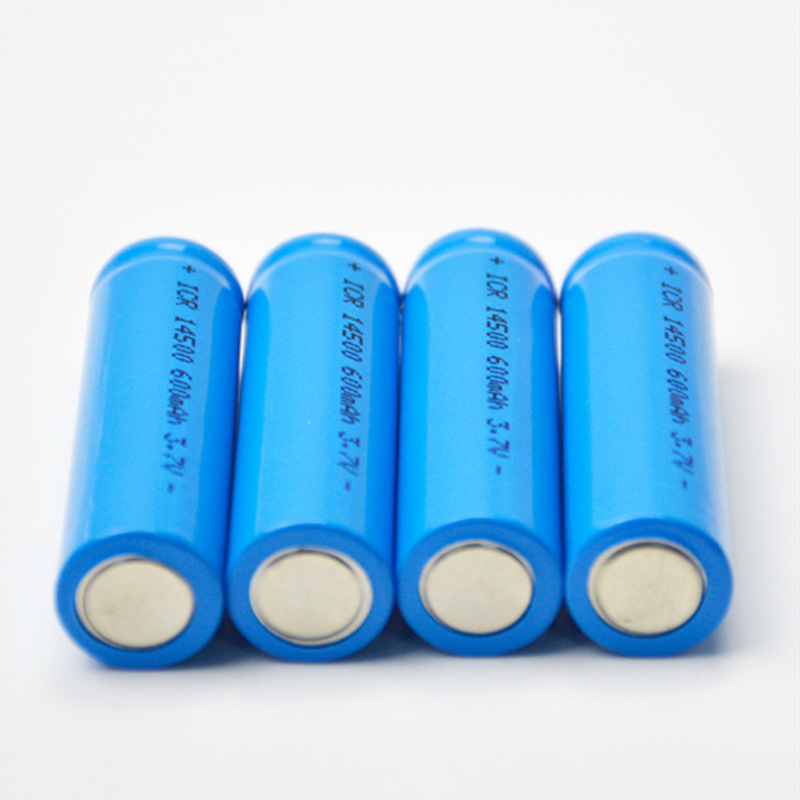Batteries play a crucial role in powering various devices, and when it comes to marine applications, reliability becomes paramount. Dual purpose marine batteries and the ongoing debate between 14500 and AA batteries are two hot topics in the world of portable power. We’ll now delve into the features and benefits of the dual purpose marine batteries and compare the popular 14500 and AA batteries to help you make informed choices for your specific needs.
Dual Purpose Marine Batteries:
Versatility:
Dual purpose marine batteries are designed to serve two main functions – starting an engine and powering auxiliary devices. This versatility makes them ideal for boats, providing a reliable source of power for both the engine and onboard electronics.
Deep Cycle Capabilities:
One of the key features of dual purpose marine batteries is their deep cycle capabilities. Unlike starting batteries that deliver short bursts of high power, deep cycle batteries are designed to provide a steady amount of power over a longer period. This is crucial for powering accessories such as trolling motors, lights, and navigation equipment on a boat.
Maintenance-Free Options:
Many dual purpose marine batteries are available as maintenance-free, sealed units. This not only simplifies upkeep but also ensures that the battery can withstand the harsh marine environment, including exposure to water and vibrations.
Resilience to Discharge:
Dual purpose batteries are designed to withstand deeper discharges without compromising their lifespan. This is especially important for marine applications where fluctuations in power demand are common.
14500 vs AA Batteries:
Size and Form Factor:
The 14500 battery is a rechargeable lithium-ion cell that is slightly larger than a standard AA battery. While both share a similar cylindrical shape, the 14500 is generally not a drop-in replacement for AA batteries due to differences in voltage and chemistry.
Voltage and Capacity:
The 14500 battery typically operates at 3.7 volts, whereas AA batteries usually provide 1.5 volts. This voltage disparity makes it important to check compatibility before using 14500 batteries as replacements. In terms of capacity, 14500 batteries often have a higher energy density, providing more power in a smaller package.
Rechargeability:
The 14500 is rechargeable, making it a more eco-friendly option compared to disposable AA batteries. Rechargeable batteries can be more cost-effective in the long run and are a sustainable choice for various applications.
Specific Applications:
While AA batteries are ubiquitous and widely used in household devices, 14500 batteries find their niche in high-performance flashlights, cameras, and other electronic gadgets where a higher voltage and capacity are required.
Conclusion:
In conclusion, the choice between dual purpose marine batteries and the debate over 14500 vs AA batteries depend on your specific needs and applications. Dual purpose marine batteries offer versatility and reliability for marine use, ensuring both starting power and deep cycle capabilities. On the other hand, the 14500 vs AA battery decision hinges on the device requirements, with 14500 batteries offering higher voltage and rechargeability, making them suitable for certain electronic gadgets. Ultimately, understanding the unique features of each battery type will empower you to make informed decisions based on your power needs.











